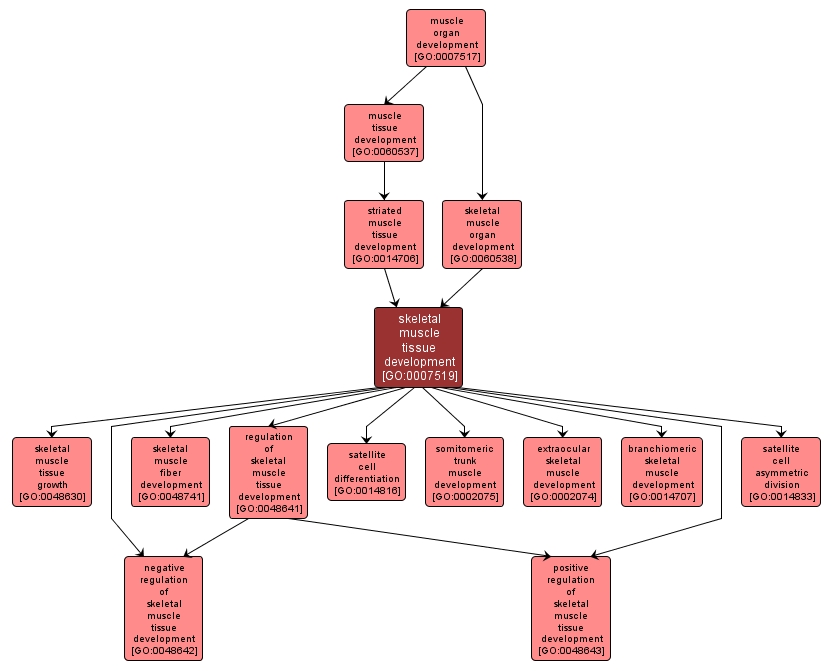| Desc: |
The developmental sequence of events leading to the formation of adult muscle that occurs in the anima. In vertebrate skeletal muscle the main events are: the fusion of myoblasts to form myotubes that increase in size by further fusion to them of myoblasts, the formation of myofibrils within their cytoplasm and the establishment of functional neuromuscular junctions with motor neurons. At this stage they can be regarded as mature muscle fibers. |














